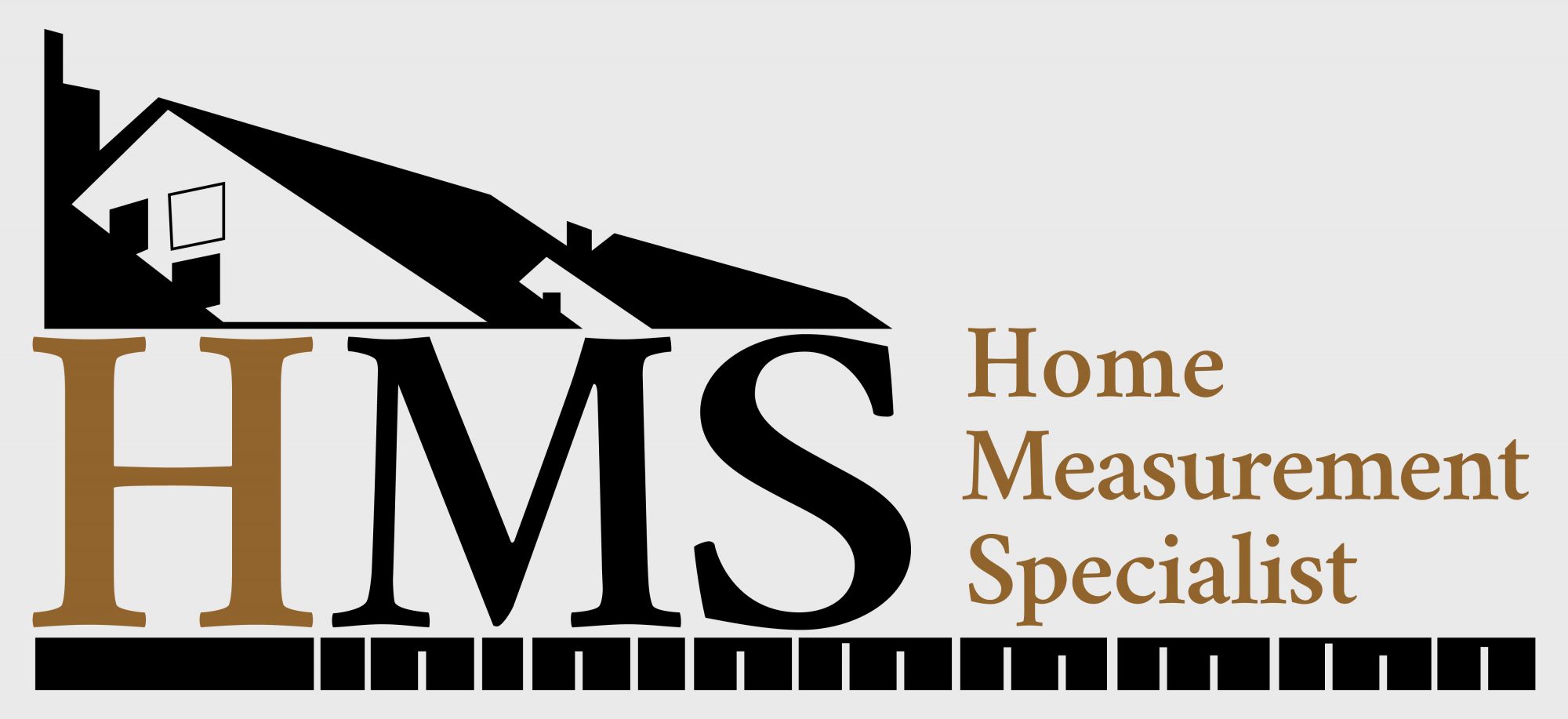The battles rage on to decide who will take over the automated valuation process. There are big companies lining up to take over this massive profit arena. And, make no mistake, it’s all about the money. At the end of every discussion about AVMs verses traditional appraisals, it has less to do with faster or cheaper, or better, and sadly little to do with consumer protection. It has to do with who gets the profits that will be taken away from the appraisal industry.
Let’s talk about the goal of these valuation products. Supposedly, lenders are looking for faster and less expensive ways to get a valuation product to speed up the lending process. All of this is the pursuit of making the entire process faster and less expensive for consumers. I certainly agree there are times when a full appraisal seems like overkill. For a client looking to get a 40% loan with an 800 credit score, paying for a full appraisal seems unnecessary. We do need other options.
Well here’s an idea. Instead of paying for automated valuation services, which depend on public records for a large amount of their data, let’s just use the tax assessments. Whoa, stop the busses! What are you talking about? If we really want to speed up the process and save consumers a ton of money at the same time, lenders and the GSEs can simply use the tax assessment value to establish an estimated home value when making loans that don’t require a traditional appraisal. At least the tax department has seen the property in person. And, if you will take ten homes, pull three AVMs for each one, and then pull the tax assessments, I am betting you won’t find a 1-2% difference in values. So, why all the drama about who has the best algorithms and fancy programs for sorting through all this data? The tax department wins hands down. Other than getting inaccurate square footage (which is NOT part of their job description), tax departments do a great job. Their track record on accuracy is certainly as good, or better than that of AVMs.
I’d also like to give a shout-out to Lima Ekram with Moody’s Investment Services, who has the foresight to realize the dangers of automated valuations. Moody’s has concerns over the vast differences in the models for AVMs, and the lack of standardization in data which provides a greater risk to investors. Any loan supported by an AVM should NOT be packaged with loans supported by traditional appraisals. Moody’s is trying to protect their clients, understands the potential dangers of these big data products, and is a voice of reason in an arena of frenzied AVM products racing to the market.
Please, do your own test. Then share it with everyone who will listen. Find ten houses and compare the assessed values with any automated valuation service. I am betting you will find it proves my point. This automated valuation revolution is all about making profit. It’s got nothing to do with saving consumers time or money. It is simply a new prize on the table, with everyone fighting to see who wins. It’s also part of the bigger plan to allow big banks more control over the lending process, where appraisers are the last line of defence for the consumer.
Think about this. Assessed value is a single number. It is a number available for anyone to see. With automated valuations, if the lender doesn’t get the value they want with the first AVM, they can simply find another product until they get the value they need. There is no such option using tax records and that’s another plus for consumers.
In a head to head contest between tax values and AVMs for use in mortgage lending, I’ll take tax assessments every time. That is the best way to establish values without the use of a traditional appraisal. It would also be a huge win for consumers…


Recent Comments